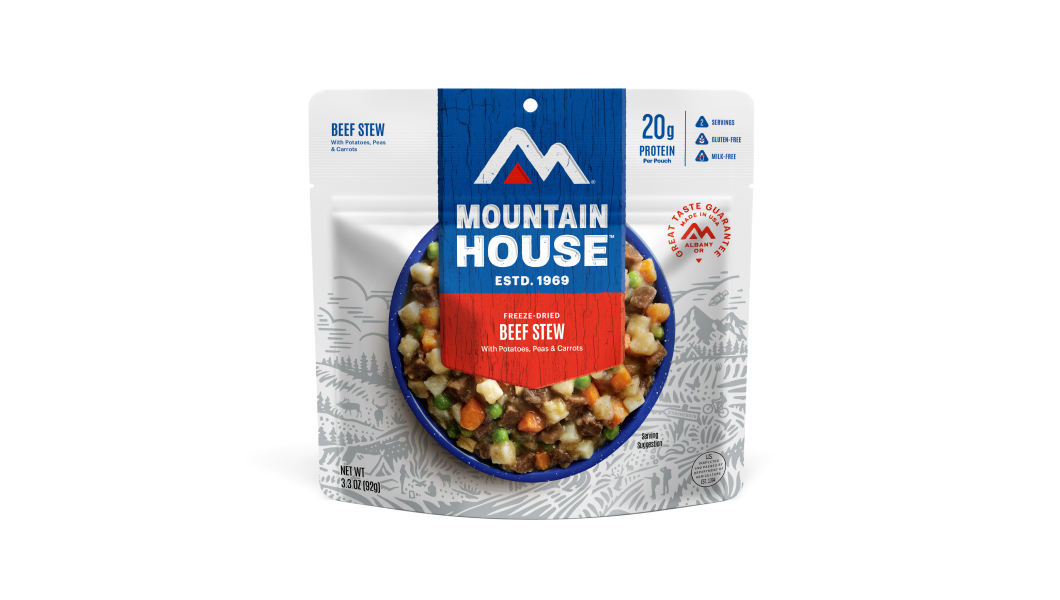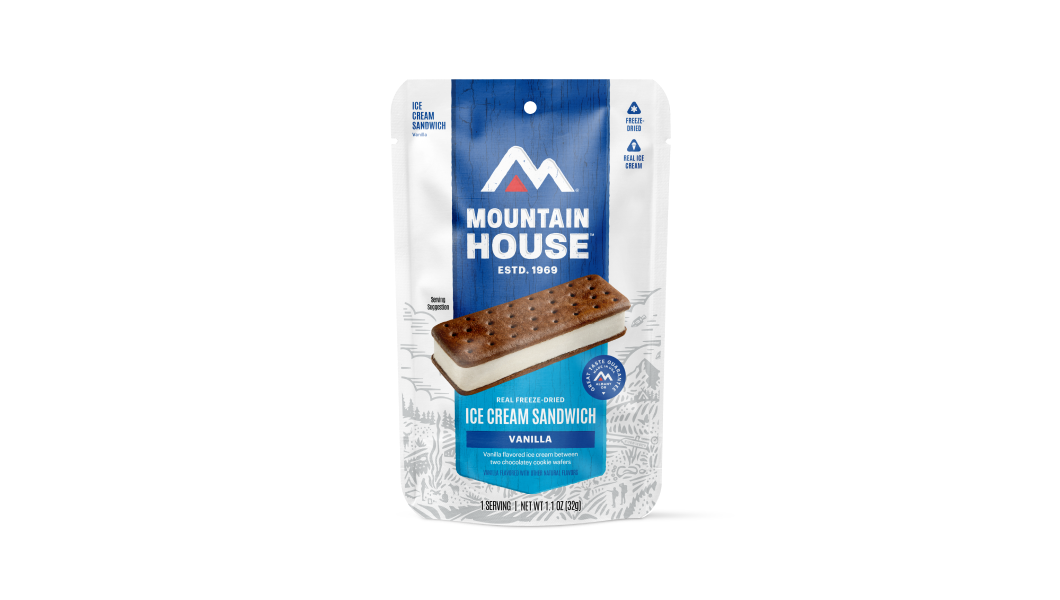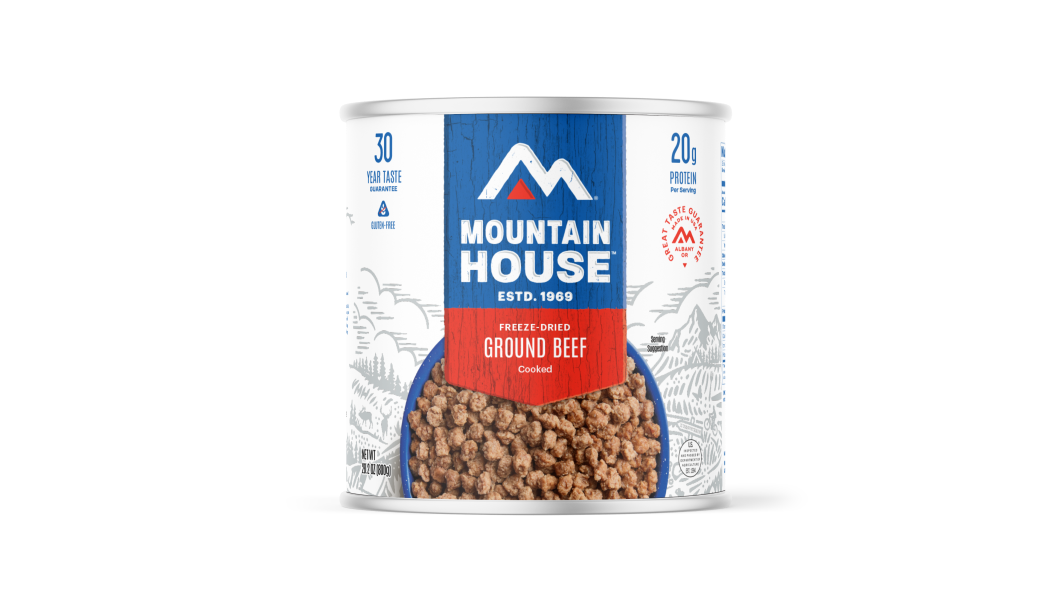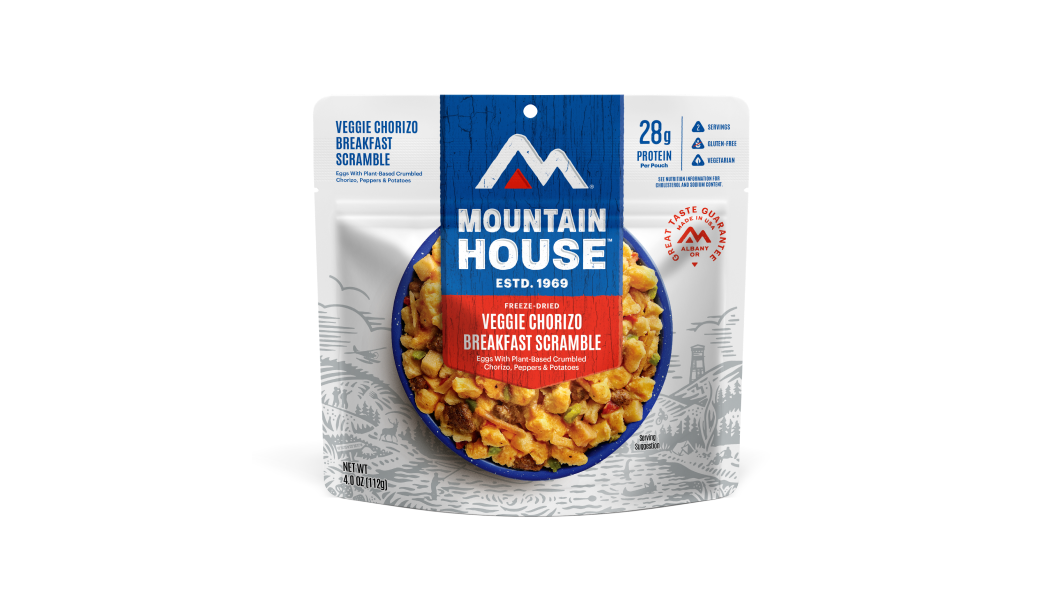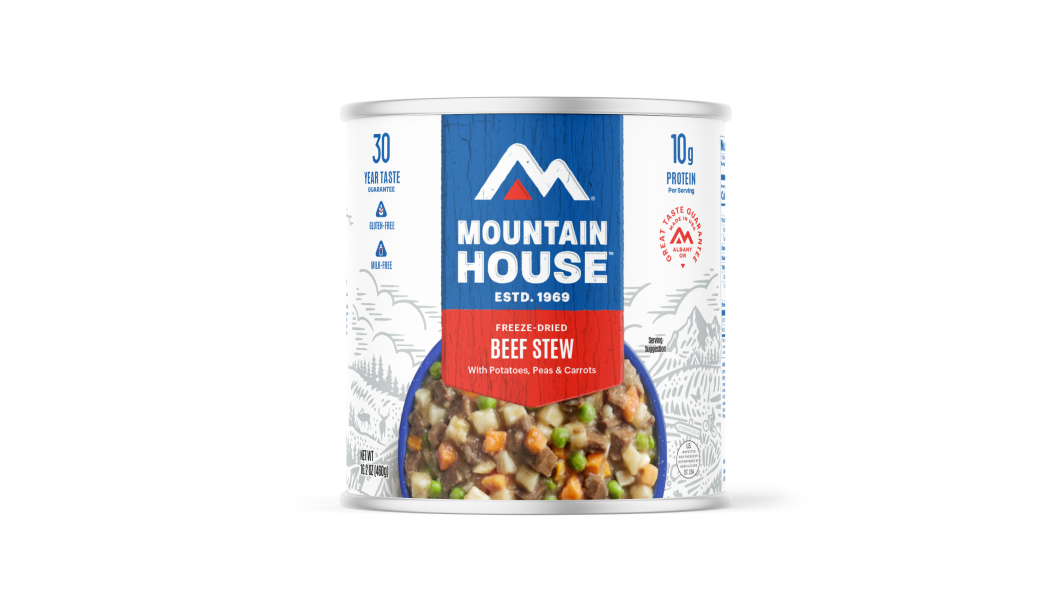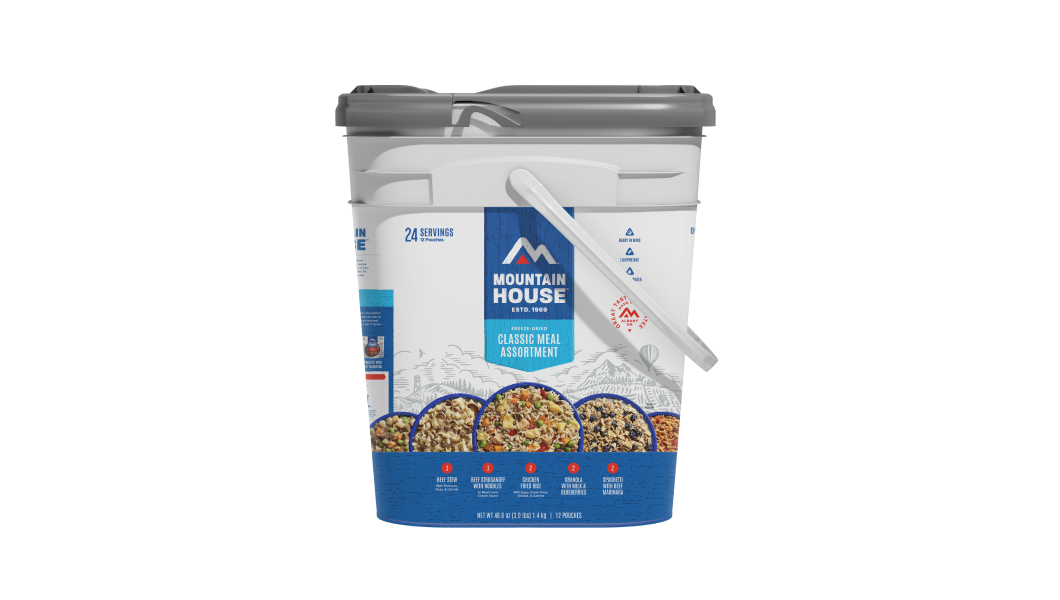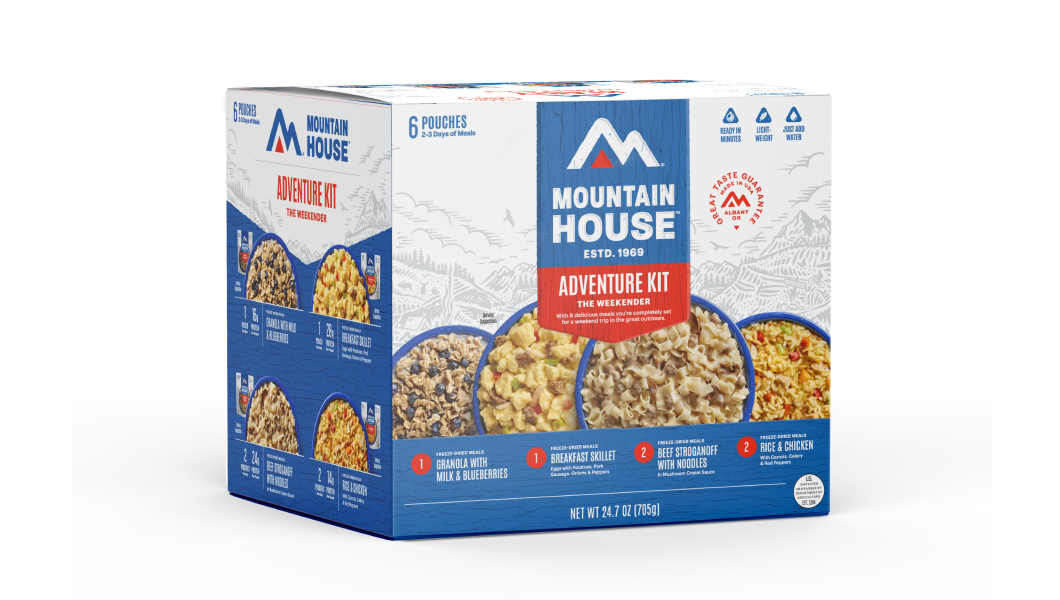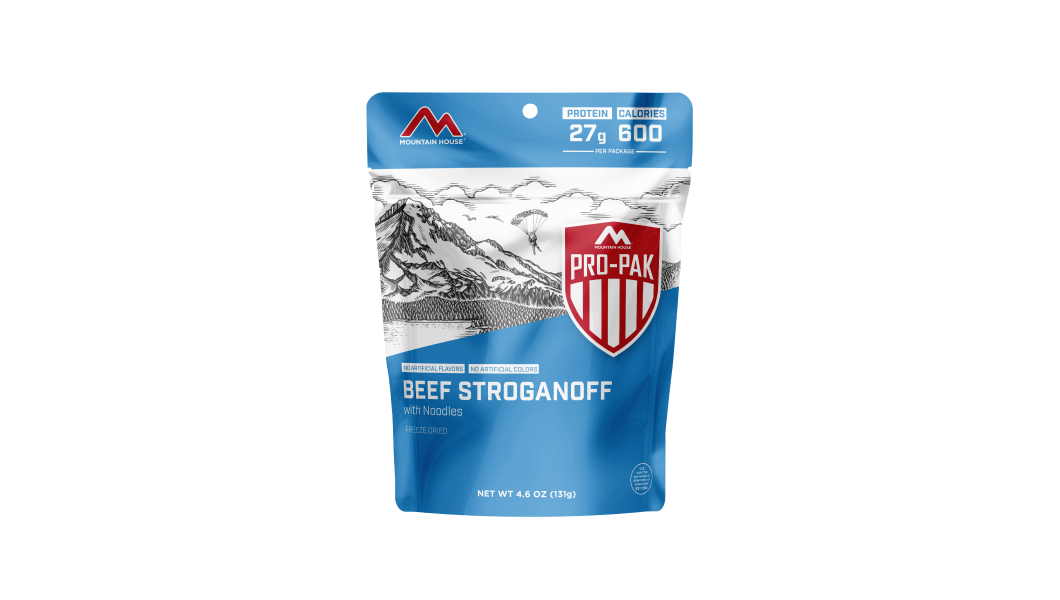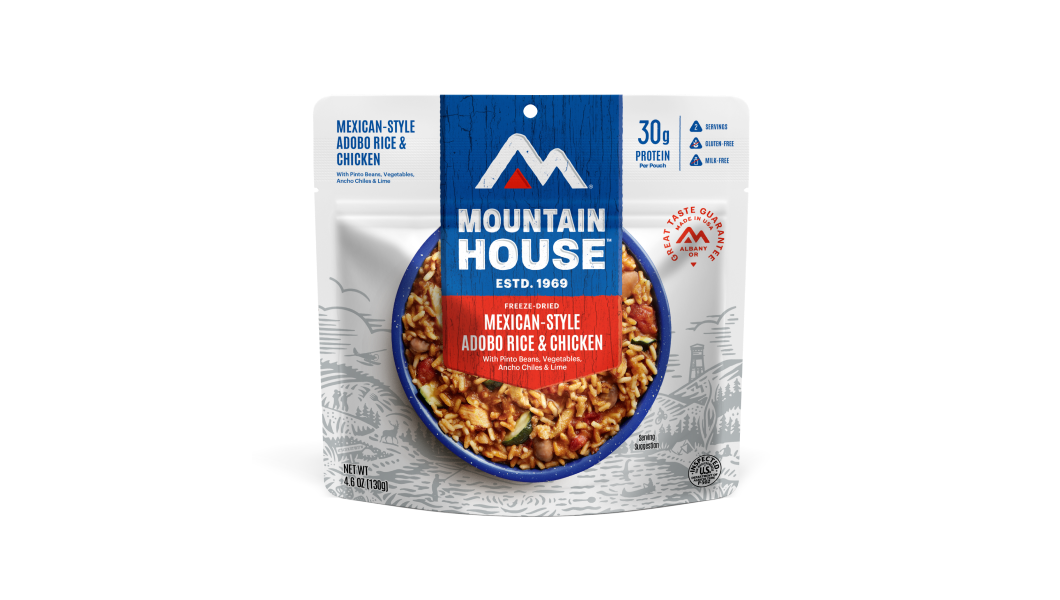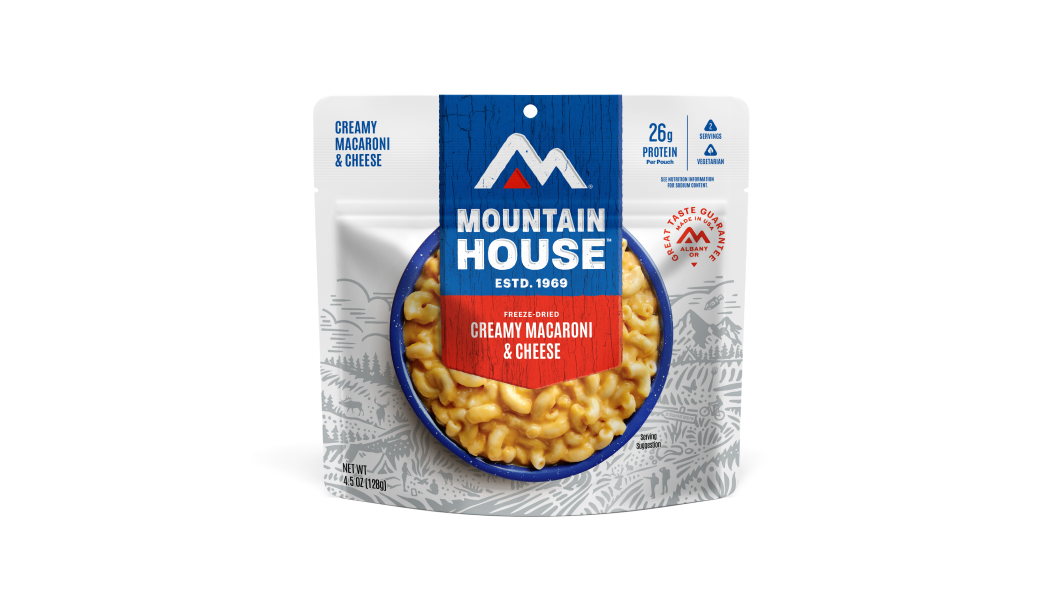Inspired for an Adventure? Check out Beef Stroganoff - Pouch and Beef Stew - Pouch
Free Ground Shipping On All Orders
Over 2,100 Reviews
Add description, images, menus and links to your mega menu
A column with no settings can be used as a spacer
Link to your collections, sales and even external links
Add up to five columns
Add description, images, menus and links to your mega menu
A column with no settings can be used as a spacer
Link to your collections, sales and even external links
Add up to five columns


Here’s the hard truth: The relative size of your residence does not affect the importance of preparing for emergencies. Many of us don’t live in large, multi-level homes with garages and basements or sprawling properties with numerous outbuildings, let alone lavish mansions. Needless to say, folks who reside in apartments, small urban houses, or tiny homes don’t have the luxury of tons of space: for day-to-day living, let alone stockpiling disaster-preparedness essentials.
OK, that was the hard truth. Here’s the good news: There are actually many ways to make emergency preparedness work within restricted square footage. The key ingredient to pulling it off, really, is ingenuity: It’s all about savvily selecting the right kinds of emergency supplies. From stackable shelf-stable provisions to creatively exploiting the room that you have, as we dig into the topic, you might be surprised how much space you do have to play around with.
Below, find a small-space prepper’s guide to food storage and other elements of disaster planning, with plenty of savvy hacks woven in!
Why Small-Space Prepping Requires a Unique Approach
When you’re readying a disaster kit for your home, it’s certainly handy to have such readymade, ample storage spaces as basements, large pantries, closets, extra bedrooms, garages, and sheds. But in a small home such as an apartment, you may have only a tiny closet and kitchen space and maybe a shared storage area (if any) at your disposal. It can seem almost impossible to imagine stockpiling emergency supplies within such a modest footprint.
As we said right off the bat, these limitations don’t give you a pass when it comes to emergency preparedness: Natural disasters, extended power outages, and the like can impact anybody, anywhere.
So don’t give up! It’s a challenge, no question, but a rewarding one on multiple levels:
- Most importantly, you’ll have more peace of mind given your greater self-sufficiency in disaster scenarios.
- You’ll have reimagined your household space, resulting in (hopefully) more efficient and well-organized use of it.
- And, going hand in hand with that, you’re less likely to be dealing with a common pitfall of emergency prepping in larger properties: clutter.

Photo by SHVETS production
Planning a Storage Setup in a Small Space
To plan out how you’ll efficiently and safely store your emergency supplies in a way that also makes them readily accessible, you need to see your space with fresh, meticulous eyes.
- Assess Every Inch of Your Home: People are often surprised by how many nooks and crannies, even in a tiny residence, go either inefficiently or entirely unused.
- Leverage Vertical Space: Very often underutilized, vertical space offers opportunities for shelving, hooks, pegboards, magnetic strips, and other wall-mounted storage as well as over-the-door organizers.
- Target Underused Areas: Commonly overlooked options include the voids under furniture, behind doors, above kitchen cabinets, above refrigerators, and in corners.
- Use Modular Storage Solutions: Stackable bins can, with a tablecloth draped over them, double as furniture, besides holding emergency food and water supplies, tools, first-aid supplies, and the like.
- Repack and Reorganize Existing Storage: There’s a very good chance that some of your drawers, dressers, cabinets, and closets can be more efficiently loaded; extra space often magically appears when you take another crack at packing and folding things more tightly.
- Use Drawer Organizers and Dividers: These tools can help you pack items more tightly and keep spaces neat and functional.
- Declutter with Preparedness in Mind: Evaluating your storage from a disaster-preparedness standpoint may highlight at least some stuff you don’t necessarily need or even want anymore.
- Use Clear Containers for Emergency Supplies: Clear containers are best for storing emergency supplies, so you can quickly scrutinize the contents.
- Label and Inventory Everything: Clearly mark food and water containers with expiration or repackaging dates, and make an inventory checklist so that you can easily assess and replenish or cycle supplies.
- Choose Stackable Storage Items: Favoring items that are conducive to stacking (from jugs to boxes to plastic containers) will certainly help you exploit your limited space to the maximum.
Emergency Food Storage Ideas for Small Spaces
Food deserves a special focus in small-space prepping, as it (and water) can take up some of the most room among your emergency supplies and also needs to be carefully managed to avoid spoilage.
- Use Vertical/Wall Space: Existing or newly added shelving or wall-mounted racks are one good option for food storage in small spaces.
- Maximize Cabinet Space & Countertop Areas for Small Kitchen Storage: Everything from pull-out drawers and racks behind cabinet doors to counter space and that often-neglected top-of-the-fridge area can be used in even a tiny kitchen for storing emergency food.
- Leverage Hidden Storage Areas: Stackable emergency food storage containers can often be stashed under the bed or in closet nooks and unused corners. Acquiring furniture with built-in storage or rolling carts also expands your emergency preparedness food storage options.
- Select Smart Emergency Foods for Tight Spaces: Avoid bulky packaging and refrigerated goods for emergency food supplies. You want highly packable, shelf-stable, energy-rich, quick-to-prepare provisions that can easily be stored in stackable and stowable containers. Rice, beans, lentils, canned proteins, beef jerky, nut butters, and high-calorie emergency food bars are good options. And, of course, it’s hard to beat freeze-dried foods, and on that front, it’s hard to beat Mountain House: Our lightweight, packable emergency kits boast a downright epic shelf life and can be whipped up in minutes with just-add-water efficiency, making them just as ideal for disaster situations as for outdoor recreation. You can also build your own emergency food kit so it is built exactly to your taste and dietary needs.
Core Emergency Essentials to Store in Small Spaces
A vital step in readying for an emergency in a small space is understanding what you ought to be assembling in the first place. We have lots of resources on this topic among our Mountain House guides, including tips on urban prepping and building out an emergency kit. But here we’ll summarize the basics (and continue pointing you to additional Mountain House resources as we do):
- Water Storage: There’s no more essential need than water, of course. Given limited space, consider under-bed water containers, stackable water bricks, and/or collapsible water jugs. Learn more about emergency water storage.
- Food: The key characteristics of food to consider include long-lasting, lightweight, easy to prepare, easy to store, and of course, delicious. Mountain House freeze-dried foods check all those boxes, including a 30-year taste guarantee.
- First Aid: Have what you need to effectively tend to injuries and illnesses during a disaster with a well-stocked first-aid kit. It ought to be compact and go-bag ready; consider a wall-mounted kit, and situate it near your exit or hallway closet for quick access.
- Power & Lighting: Sources of illumination and off-grid power are also essential, given the possibility of utility failures and necessary nighttime action. Consider hand-crank flashlights, compact solar panels, and power banks.
- Sanitation: Toilet kits, wet wipes, and odor-controlling bags will certainly be nice to have.
- Communication Tools: This covers everything from safety whistles and emergency radios to a printed contact list for all members of the (cramped) household.
- Documents & Cash: Store important documents and cash in a waterproof pouch or portable fire-safe box.
When preparing the above, you need to consider how long an emergency situation you’re able to plan for. The bare minimum recommended by the Federal Emergency Management Agency (FEMA) and many other agencies is the 72-hour kit, aka supplies that can see your household through three days of self-sufficiency. But all the better if you stockpile for longer emergencies: say, three weeks or more of supplies.
Stay Organized for Long-Term Success
Again, label all containers of emergency supplies and provisions, and record arrangements and locations in your emergency checklist. Group supplies by type and use frequency, and store more rarely needed items in harder-to-reach places, with essentials such as water and first-aid kits highly accessible. If you’re repackaging dry goods and other foodstuffs for greater space efficiency, be sure to make new labels for the containers you’re putting them in, including the use-by dates as well as the date you repackaged.
Give your emergency supplies a once-over on a regular basis and replenish, replace, and restock where necessary. Discard canned goods that are dented, leaking, or show other signs of spoilage. Apply the FIFO, First In, First Out method when using perishable supplies, and rotate your inventory every six to 12 months.
Avoid These Small-Space Prepping Mistakes
Keep food, water, and first-aid materials away from heat and direct sunlight, and make sure food and water containers are sealed tightly. Again, assess your emergency food provisions regularly so that you don’t let items expire or go bad. Maximizing vertical space is a great idea, but take care not to overload shelving.

Try Space-Saving Emergency Meals From Mountain House
Mountain House freeze-dried meals, which require no refrigeration, cook quickly with boiling water (and you can even steep in cold water if need be), stack easily, and boast our 30-year Taste Guarantee, making small-space emergency food storage a breeze! Our multi-day kits and variety packs are tailor-made for long-term, compact storage under beds, in closets, or on high pantry shelves, and, naturally, they deliver nourishing, nutritious, comforting, and downright delicious flavors.
Explore our emergency and survival food collection today, and take your disaster preparedness to the next level—even in a small home or apartment!

How to Rotate Emergency Food: FIFO and Other Rotation Methods

The First 72 Is on You: Survival Kit Checklist + Printable PDF


Stay Hungry for Adventure
Sign Up for Delicious Outdoor Meals & Exclusive Offers!
By clicking ‘Join Now’, I agree to the Terms of Service and Privacy Policy.


Join the adventure
©2026 Mountain House — All Rights Reserved.
Your Cart is Empty
Continue ShoppingYour Cart
Subtotal
$0.00
EXPRESS PAYMENT METHODS AVAILABLE IN CHECKOUT
Taxes and Shipping Calculated at Checkout
Your ExpertVoice deal.
$[Deal Price]
$[Original Price]
Discount applied at checkout.
On sale now — lower than your ExpertVoice discount.
Not eligible for ExpertVoice discount.

